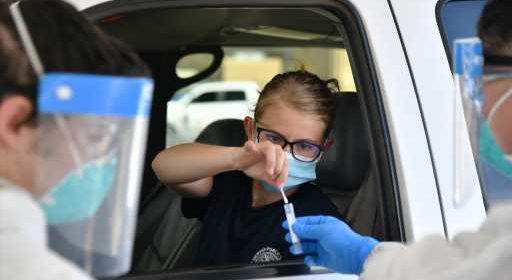Colorado aims for at least 10,000 COVID-19 tests a day by flu season

Colorado is aiming for at least 10,000 COVID-19 tests per day by the time flu season starts in October, though the exact right number may fluctuate over time, state health officials said.
As of Wednesday, sites around the state conduct between 7,000 and 8,000 tests per day, said Sarah Tuneberg, innovation response team leader and senior COVID-19 adviser for the Colorado Department of Public Health and Environment. That’s enough to test everyone with respiratory symptoms at this point, she said, but they may need to do more tests each day as more people start developing flu-like symptoms in the fall.
“It’s really important that we ramp up our testing,” she said during a conference call with reporters..
The goal of 10,000 to 12,000 daily tests by fall is an estimate, Tuneberg said. The real sign that Colorado is doing enough testing will be when the percentage of tests that come back positive falls below a certain threshold, which they haven’t determined yet, she said.
Some experts consider any positive rate above 10% to be a sign that a state or country isn’t doing enough testing and is likely missing cases. About 14% of all tests were positive as of Tuesday, though it’s possible that the number is skewed upward by the early days of the epidemic, when only hospitalized patients were tested in Colorado.
The state also has a goal of tracing 95% of cases by the end of summer, Tuneberg said. Contact tracing involves asking an infected person where they went and who they interacted with, so that people who could have been exposed to the virus can quarantine themselves and avoid exposing others.
At this point, the odds a sick person’s contacts will be traced varies widely, depending on where the person lives, and local health departments are focusing on the cases with the highest risk of spreading the virus, such as those linked to existing outbreaks, she said.
“In some places it’s nearly 100%, in some places it’s as low as 25%,” she said, without elaborating on which counties had high or low rates.
Source: Read Full Article